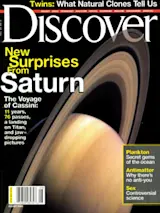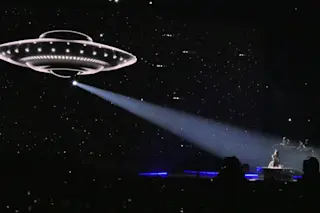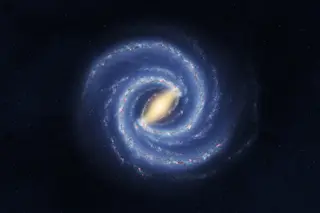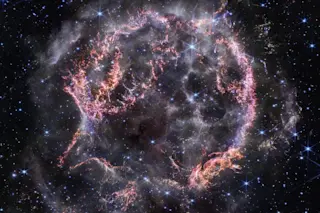Outer Space has no latitude or longitude, no north or south, no vertical or horizontal. And yet direction—or sometimes the lack of it—is crucial to understanding our place in the universe.
WHAT’S UP IN THE AUGUST SKY
Good news for early risers: Venus dazzles in the predawn sky, and the Perseid meteors peak after midnight. Meanwhile, evening planets Jupiter and Mars slide toward invisibility.
AUGUST 5 Neptune lies at opposition, closest to Earth, but is still too faint for the naked eye.
AUGUST 11–12 The Perseid meteors streak the sky, with little interference from the moon.
Saturn returns to view and meets up with the crescent moon before sunrise.
AUGUST 13
AUGUST 17 Jupiter pairs with the moon, a swan song low in the sky at twilight.
AUGUST 17 Venus reaches its greatest elongation from the sun and dominates the predawn east.
Uranus comes closest to Earth. Binoculars show it ...














